Spectacular talents, beautiful partners, bold and daring artists, award winning cinematographers, brilliant craftsman, and those that work with very, very talented people. The cast of characters in ROBERT FLAHERTY LOOK AGAIN are all real characters.
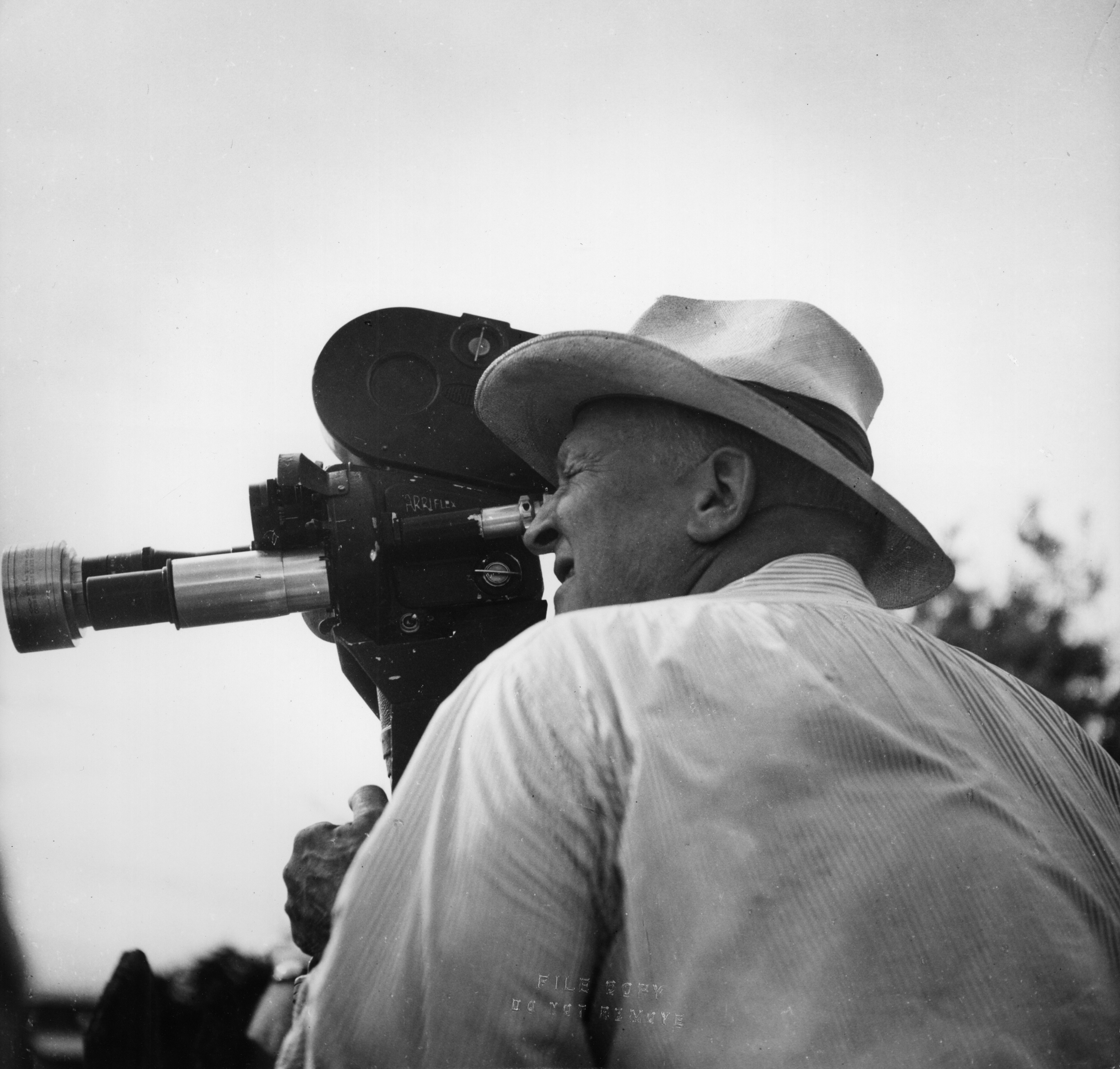
1884-1951
Robert Joseph Flaherty was an American filmmaker who directed and produced the first commercially successful feature-length documentary film Nanook of the North. The film made his reputation and nothing in his later work equaled its success, although he continued the development of this new genre of narrative documentary with Moana (1926) set in the South Seas, and Man of Aran,(1934) filmed in Ireland's Aran Islands. Flaherty is considered the father of the documentary and the ethnographic film. In 1944 he began work on the John Howard Benson calligraphy film.
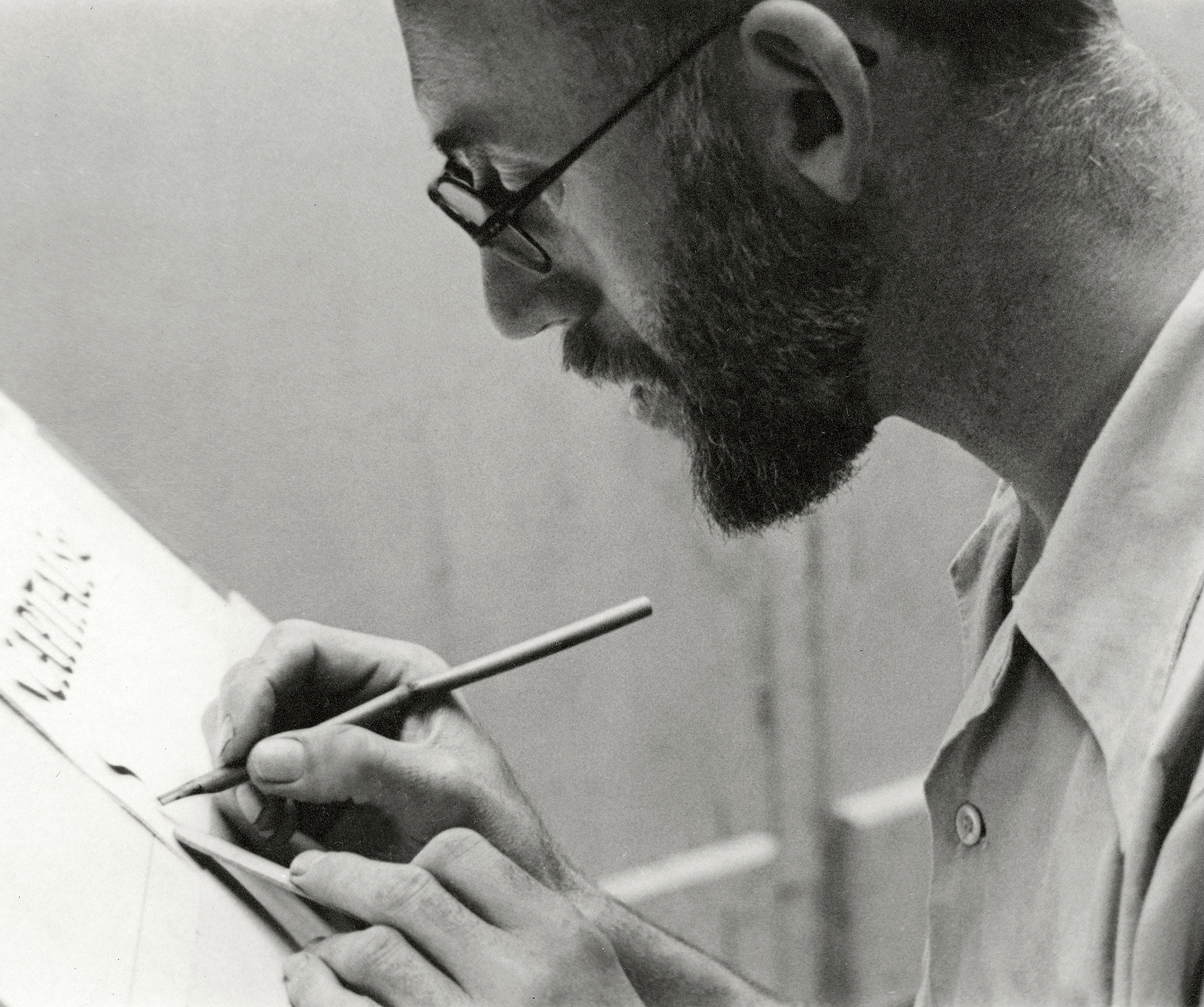
1901-1956
Benson was a professor of Sculpture, Calligraphy + Design Theory at the Rhode Island School of Design from 1931 to his death in 1956. He was educated at the National Academy of Design, and the Art Students League. He did carvings for Rhode Island School of Design, Groton School, Phillips Exeter Academy, and the Metropolitan Museum of Art. Benson designed the school's diploma and seal, in use to this day, as well as the seal of The Wheeler School. Benson was the author of The Elements of Lettering with coauthor Arthur Graham Carey. He was elected to the American Academy of Arts and Sciences in 1955. Robert J.Flaherty began the documentary film on Benson in 1944, but he left the project unfinished.
Benson was the originator of a long line of stone carving masters in his family. He is the father of John Everett "Fud" Benson and grandfather of Nicholas Benson, the current director of The John Stevens Shop, which was purchased by John Howard in 1927. Benson's youngest son Richard Mead Atwater Benson became a photographer and printmaker and was dean of the Yale School of Art from 1996 to 2006.
One of Benson's many legacies is that Richard and Nick both received MacArthur fellowships, making the Benson family only one of a handful to receive multiple MacArthur awards.

1904-1983
Gordon B. Washburn was an art museum director from New York, New York. As director of the Museum of Art, Rhode Island School of Design, he hired Flaherty to produce the calligraphy film project with John Howard Benson.
Director of Albright-Knox Gallery, Buffalo, N.Y., 1931-1942. Director of Museum of Art, Rhode Island School of Design, 1942-1949. Director of the Department of Fine Arts, Carnegie Institute, Pittsburgh, Pennsylvania, 1950-1962. Director, Asia House Gallery, New York, N.Y., 1961-1974.

1921-2011
Richard Leacock was a British-born documentary film director and one of the pioneers of direct cinema and cinéma vérité. He developed lightweight camera and synchronous sound equipment that allowed direct or observational cinema. Along with filmmakers D.A. Pennebaker and Robert Drew, his films include Primary, Monterey Pop and many others. From 1968 to 1989 he was on the faculty of Massachusetts Institute of Technology and developed the program for students majoring in filmmaking.

1883-1972
Frances Flaherty worked alongside her husband Robert Flaherty on several films, including Louisiana Story (1948), for which she earned an Academy Award nomination for Best Original Story. She was a crucial part of Robert Flaherty's success in film. After Robert's death, Flaherty began inviting filmmakers, critics, curators, musicians and others to the Flaherty farm in Vermont, and in 1955 founded the Flaherty Seminars that still exist, now called The Flaherty.
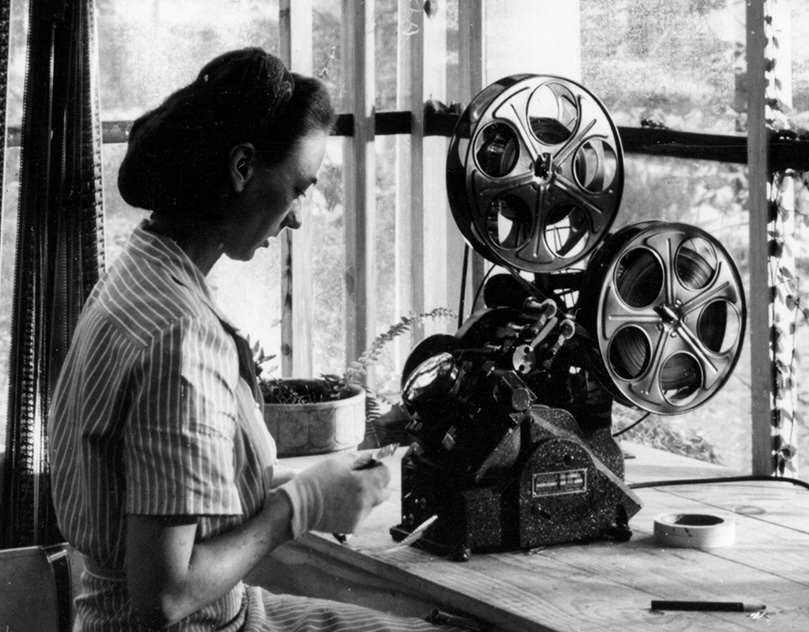
1909-2006
Editor
Helen van Dongen, was a vital, if largely unsung, pioneer of documentary film-making. As a film editor, she worked with such major figures as Joris Ivens and Robert Flaherty, and made a handful of films of her own before retiring from filmmaking in her early 40s.
She worked on the John Howard Benson project in 1946 before editing Flaherty's last major film Louisiana Story.

Nicholas Waite Benson began working at the John Stevens Shop at fifteen under his father, John Everett Benson. By the age of eighteen he was carving commissioned work from his father’s designs. He attended the State University of New York at Purchase in 1986 to study Drawing and Design. In 1987 he began an intensive year of study in Basel Switzerland at the Kunstgeweberschule, Schule fur Gestaltung under the tutelage of Andre Gurtler, Christian Mengelt and Armin Hofmann. On John’s retirement in 1993 Nicholas took over as owner and creative director of the John Stevens Shop where he continues to work to the high standards set by his predecessors. He is the eighth generation of carvers to continue this work at the John Stevens Shop, following faithfully in traditions that reach back thousands of years in human history.
Nick's art work is a symbolic record of where we stand in the midst of tremendous technological and scientific advances, and how that inevitably leads to existential questions. He uses bodies of computer code and imagery generated with algorithmic tools and A.I. and then calligraphically interprets them. The deeper symbolism highlights the disjunction between our relationship with the physical world and our ever growing interaction with the digital realm. This exploration of human existence opens perspectives that span the subatomic to the cosmic.

1939-2024
John Everett Benson, known to all as “Fud”, began working for his father, John Howard Benson, at the age of fifteen. He studied sculpture at the Rhode Island School of Design and upon graduation returned to the shop to work full time as a stone carver. In 1964 he was commissioned to design and carve the inscriptions for the John F. Kennedy Memorial in Arlington National Cemetery. He also carved gravestones for Tennessee Williams, Lillian Hellman, and George Balanchine. He became increasingly involved in the relationship between architecture and lettering, designing and executing exterior and interior inscriptions for the Boston Public Library, the National Gallery of Art, the Dallas Museum of Art, the Chicago Mercantile Exchange Center and the Armand Hammer Museum of Art in Los Angeles. His lettering graces the date stones of the Viet Nam Memorial in Washington, DC, the Civil Rights Memorial in Montgomery, Alabama, the Franklin Delano Roosevelt Memorial in Washington, DC and the Federal Courthouse in Boston. Since turning over the management of the John Stevens Shop to his son, Nicholas Benson, Fud Benson returned full time to the practice of sculpture.

Producer, Director, Designer, Editor, Writer
Rebecca Miller has been creating high-impact programs for schools and colleges, corporations, and agencies since she opened her production company Optik Nerve in 1996. Her work is characterized by aggressive editing, bold graphics and typography, and surprising music scores. She began her career working for local television stations and production companies in Providence, Boston, and L.A., and later as a producer for the British television personality, Sir David Frost. She has produced a civil rights documentary, graphic multi-window video walls, and for over ten years many programs for Harvard University and Harvard Business School. ROBERT FLAHERTY LOOK AGAIN: The John Howard Benson Film is her first independently produced documentary.
Her work as an artist is represented by the gallery Atelier Santa Fe. She is a graduate of Rhode Island School of Design, class of 1978. She discovered the Robert Flaherty footage of John Howard Benson in the Museum of Art, Rhode Island School of Design in 1976.

Rhode Island School of Design, Senior Lecturer - Theory + History of Art +Design
After doing fieldwork in Peru and Egypt, Winifred Lambrecht taught in New York at CUNY and the School for Visual Arts. She moved to Rhode Island and became director of a cultural program at the RI State Council for the Arts, writing grants to support her activities with the state’s and the region’s ethnic and occupational communities. She also worked with the Smithsonian Institute and maintains affiliations with several festivals directed by the National Council for the Traditional Arts. Lambrecht has managed a number of international cultural exchanges and continues to document and present traditional artists from a variety of cultural communities. She has collaborated on – or produced/directed – a series of documentary films in countries including Tanzania, Mexico, Armenia and the US.She contributes regularly to such publications as Parabola Magazine and the Journal of American Folklore.
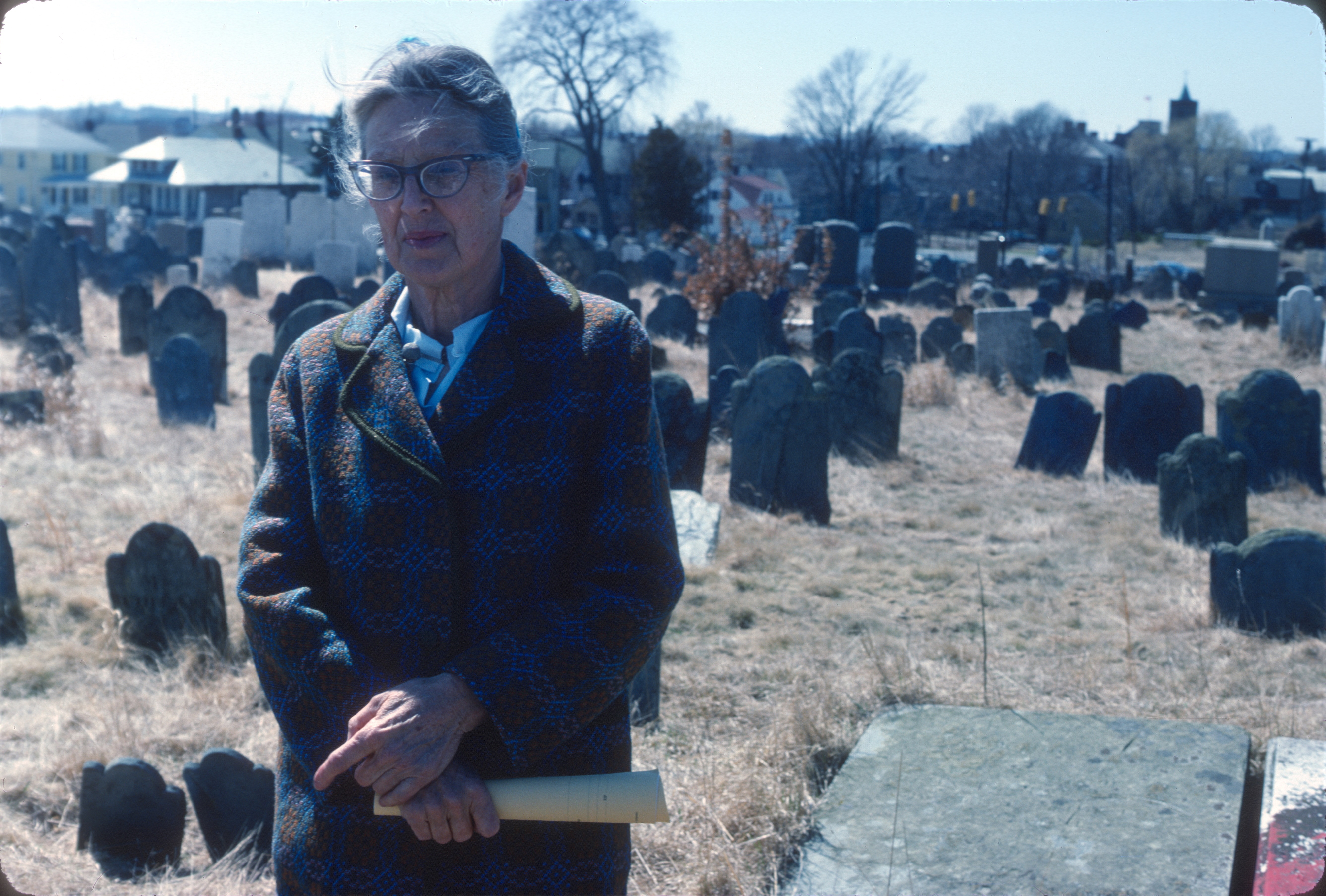
1908-1999
Esther Fisher Benson was born in Philadelphia and attended Wellesley College. While summering in Newport, Rhode Island, around 1924, she met John Howard Benson, a graphic designer, stone carver, and teacher. Ten years later they were married in the same city and settled down there. Mr. Benson taught at RISD. in addition to his studio work with gravestones and medals. After his death in 1956, Mrs. Benson lectured on his career.

Charles Slatkin is the President and Creative Director of WOW INC, and Executive Director of the non-profit The Wonder Mission. He is an internationally recognized “wow factor” guru and experiential multimedia media pioneer.He holds degrees in Electronic Communications from Clark University, and a MFA in Photography, Film and Video from the Rochester Institute of Technology. He was a creative director and producer for one of the world’s highest resolution screens at Comcast headquarters in Philadelphia, PA, The WOW Room at The New York Stock Exchange, The China Pavilion at Shanghai World’s Fair Expo, and The GW Bush Presidential Library in Dallas,Texas. Over his career has produced over a thousand linear, interactive, and web-based programs for clients such as: Comcast, Macys, the New York Stock Exchange, Amgen, American Museum of Natural History, Animal Planet, NOVA, A&E, Comcast, National Geographic Panasonic, and PBS. He recently closed down his corporate work and has focused on launching “The Wonder Mission”, a non-profit organization focused on inspiring and reconnecting both ourselves and younger generations with the wonder and amazing potential of science, space, technology, and engineering.
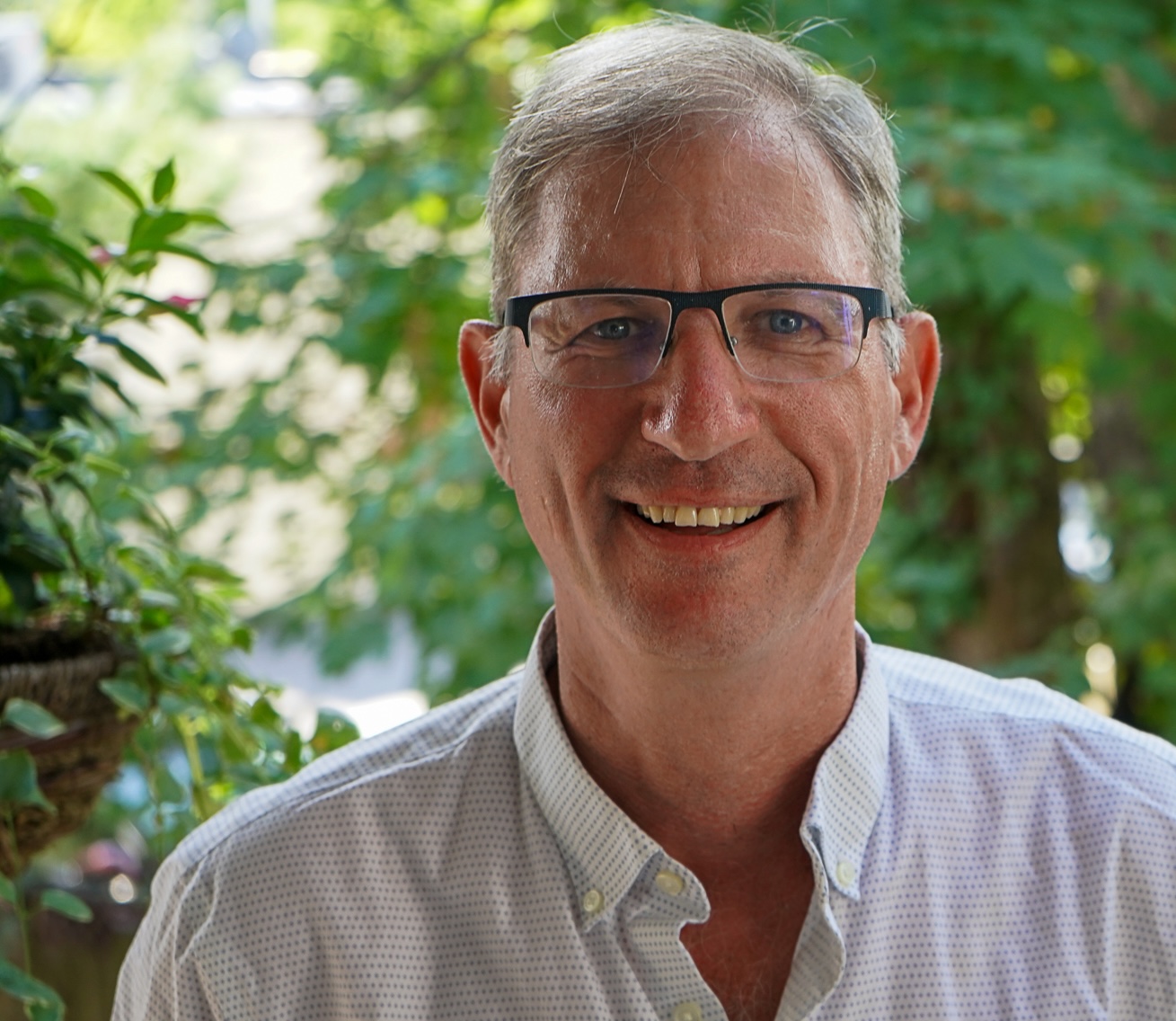
Doug Feinburg is a storyteller, filmmaker, theatre designer and teacher. His rich and varied career has spanned many aspects of the arts.
For over 20 years he was the owner and creative director for Thunder Sky Pictures, a marketing agency and film production company, where he produced, wrote and directed hundreds of marketing and training films for clients in the Boston area. Along the way, he has created musicals, trade show performances, worked with TV and movie stars, produced songs for politicians, directed comedy shows, and given speeches to Chinese military personnel. He owned and operated a professional comedy theatre in Somerville, MA, designed theatrical shows for local theatre, and taught film production and theatrical arts at private and public high schools.
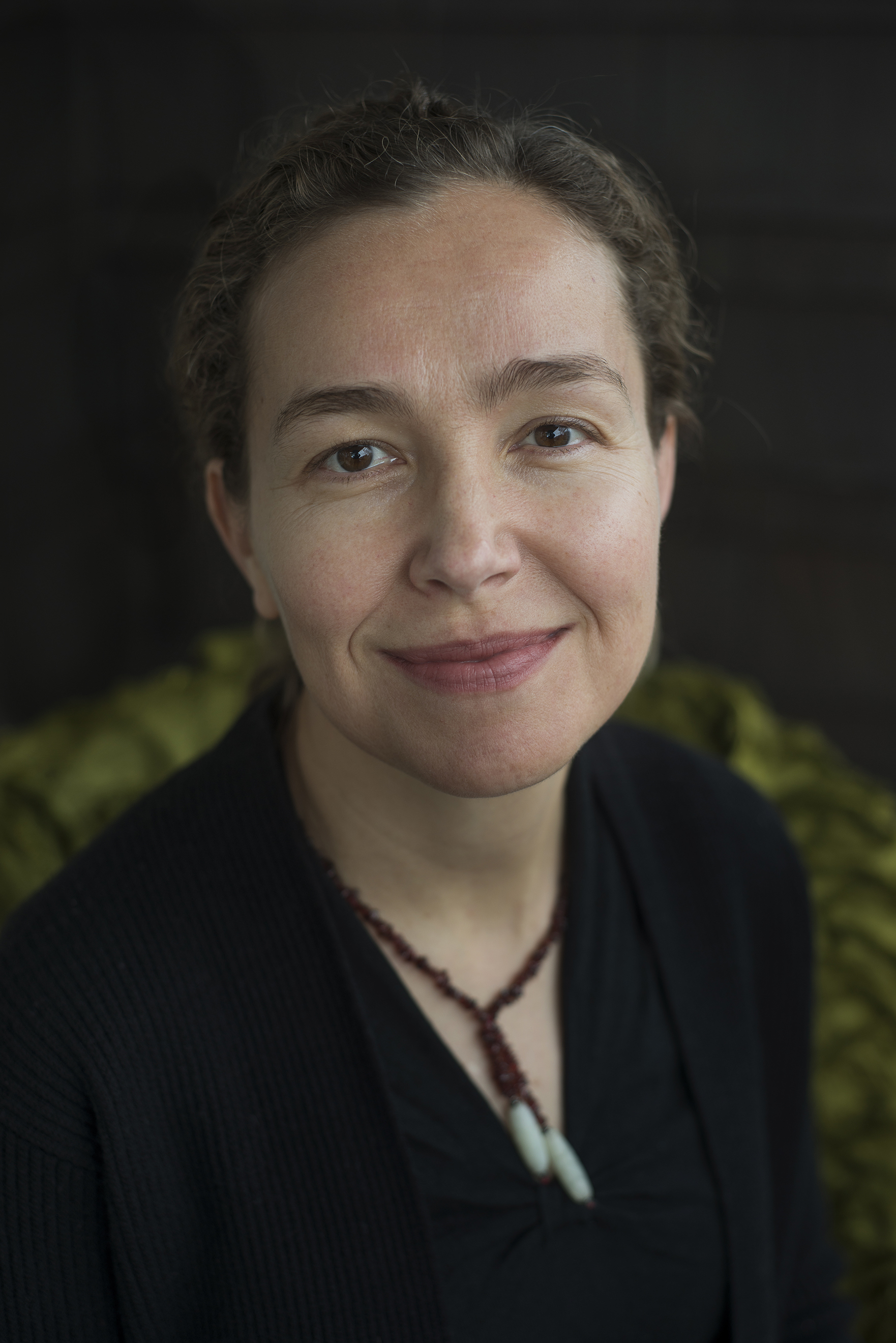
Executive producer
Margot McIlwain Nishimura, PhD, is Dean of Libraries at Rhode Island School of Design, which includes oversight of the Rhode Island School of Design Archives. An art historian by training, with expertise in medieval art, illuminated manuscripts, and the history of the book, she has taught at the University of Cape Town, Smith College, Mt. Holyoke College, Brown University, and Rhode Island School of Design; worked on exhibitions at the Metropolitan Museum of Art, the Getty Museum, and Doris Duke’s Rough Point Mansion Museum; and served in other leadership roles at Rhode Island School of Design, the John Carter Brown Library at Brown University, and the Newport Restoration Foundation. Nishimura is also co-founder of the Providence Children's Film Festival, which celebrated its 16th season in February 2025.

Media historian, curator, and archivist.
Regina M. Longo, Ph.D is an expert in film and video preservation and restoration. As a member of the faculty at Brown University, she inspired her class with the Flaherty-Benson project and brought the old film clips to life through digitization. She began her archival career with the U.S. Holocaust Memorial Museum in Washington, DC, and has managed preservation efforts for the Albanian National Film Archives through the Albanian Cinema Project (ACP), the capacity building nonprofit project she founded. She continues to consult and produce content for public history museums and volunteers her time to aid archives at risk globally, most recently in Brazil and Sicily.
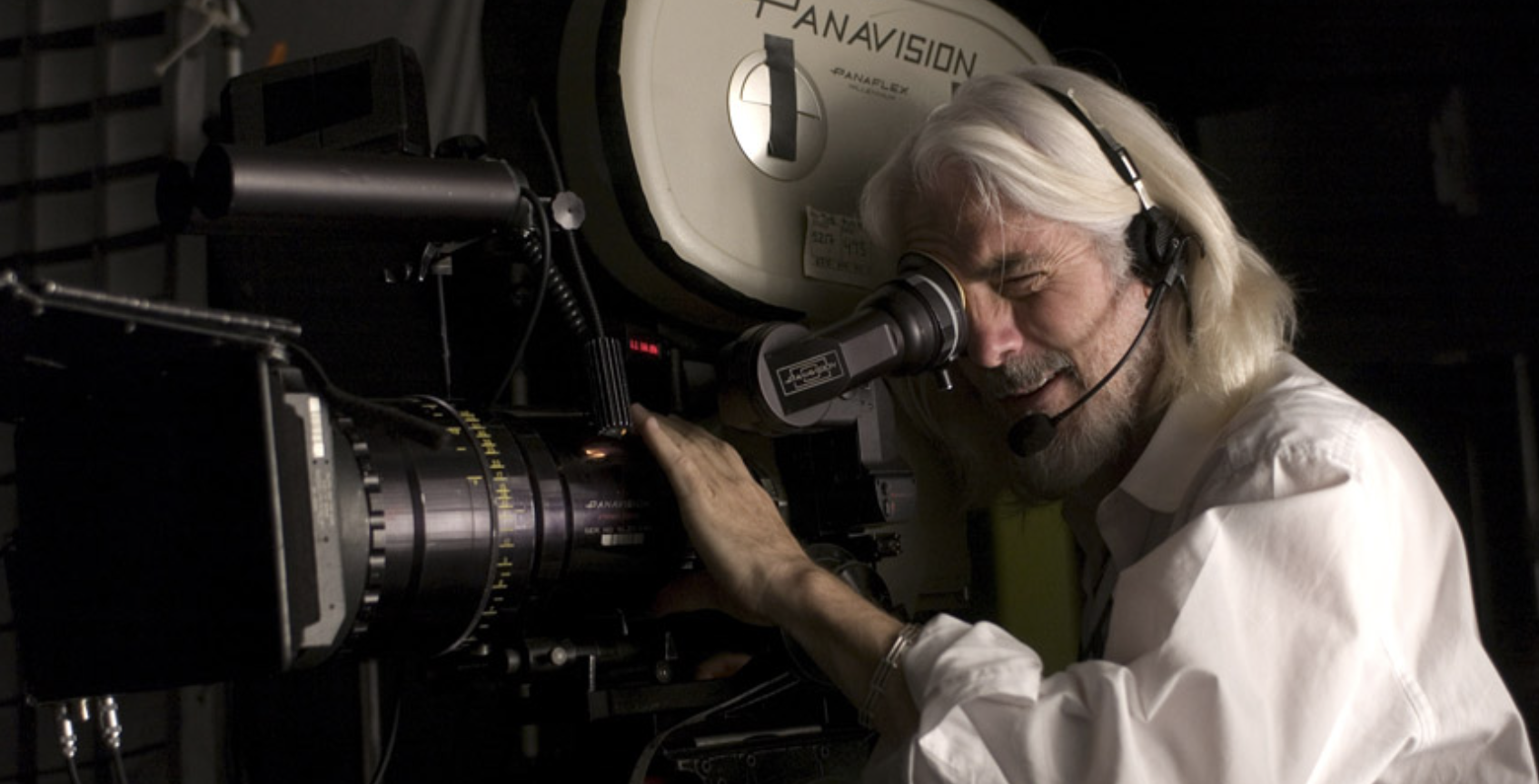
Bob Richardson recorded the audio on the Flaherty-Benson interviews in 1978.
Three-time Academy Award Winner: Richardson has won the Oscar for Best Cinematography three times for his work on JFK (1991), The Aviator (2004), and Hugo (2011). He has worked with prominent directors like Oliver Stone, Martin Scorsese, and Quentin Tarantino on multiple films. Richardson is known for his use of high-contrast lighting, dynamic camera movements, and a keen eye for detail. He is also recognized for his "aggressively bright highlight" technique, often using a strong backlight and bouncing it back onto the subject. He has demonstrated a "shapeshifting style", adapting his approach to suit different genres and directorial visions.Richardson has worked with both film and digital cameras, showcasing his adaptability and mastery of various formats.
American Society of Cinematographers (ASC) Lifetime Achievement Award: Richardson received this prestigious award in 2019, recognizing his significant contributions to the art of cinematography.
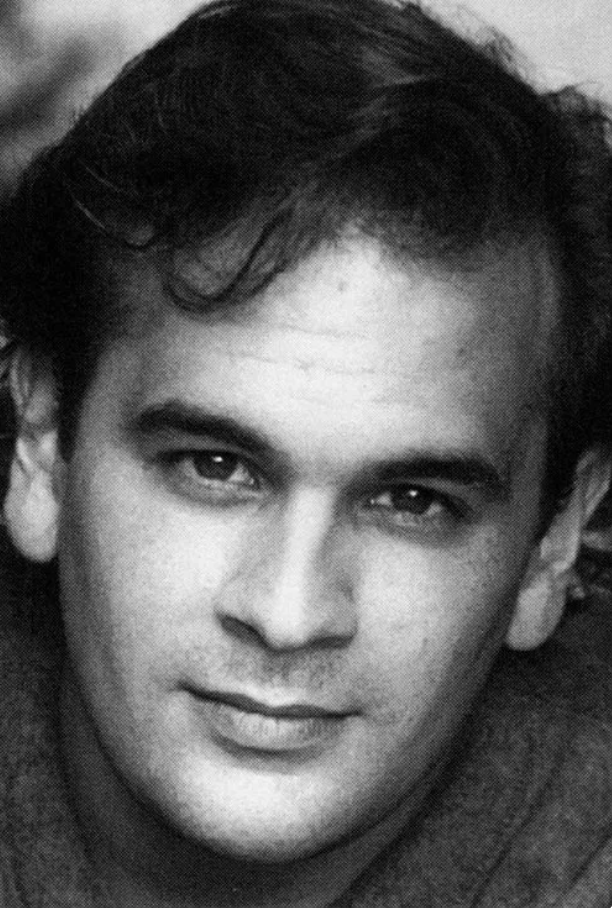
Narrator.
Qarie Marshall is an American actor and voice over artist. Notable for his Voice Over work for The Discovery Channel series “I Shouldn’t Be Alive” and Radio Host of NPR’s Morning Edition. He studied at Bowling Green State University and University of Toledo. He relocated to London after being awarded a place in the prestigious 3-year acting program at The Royal Academy of Dramatic Art (R.A.D.A.).